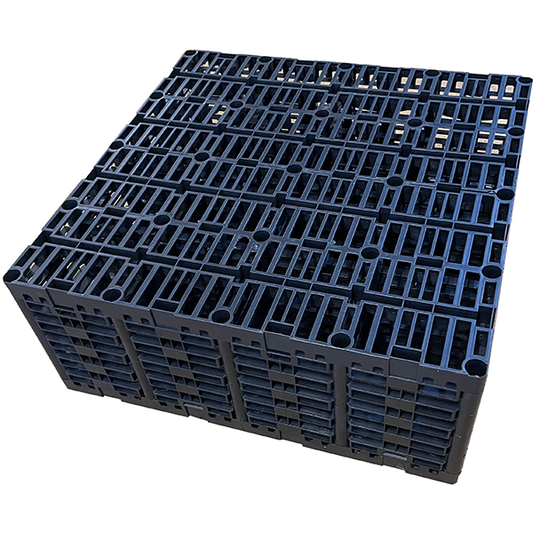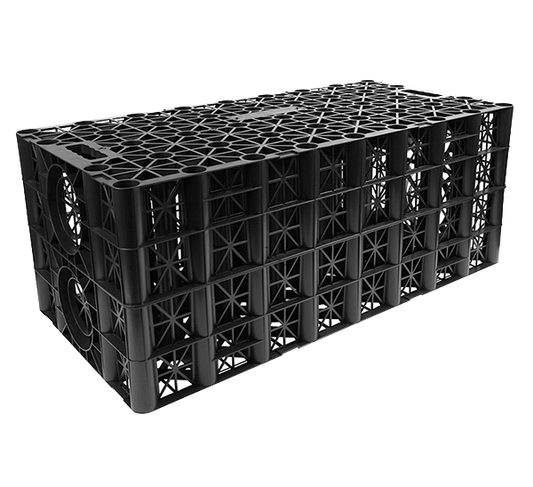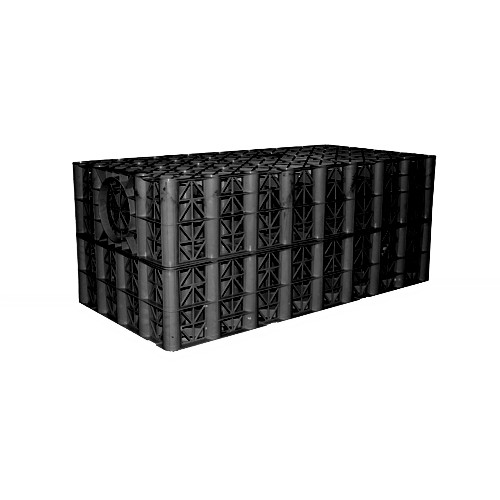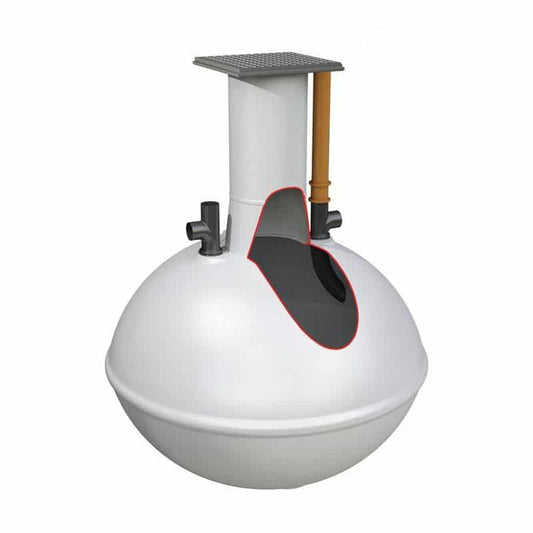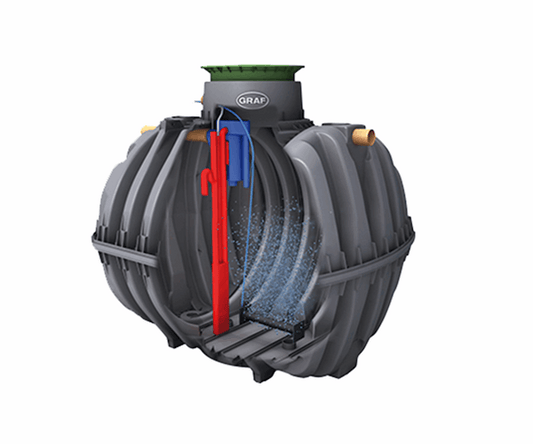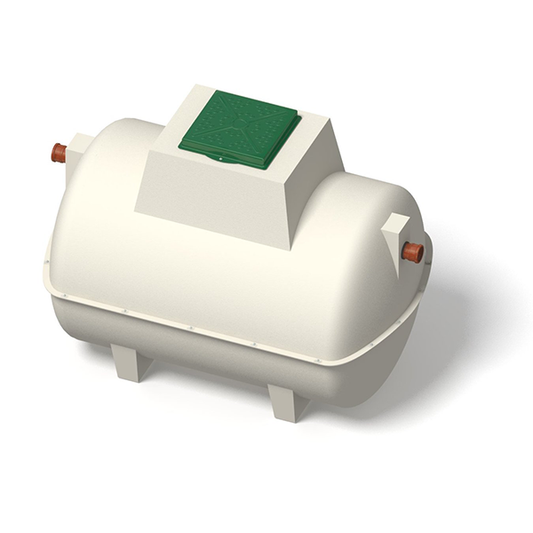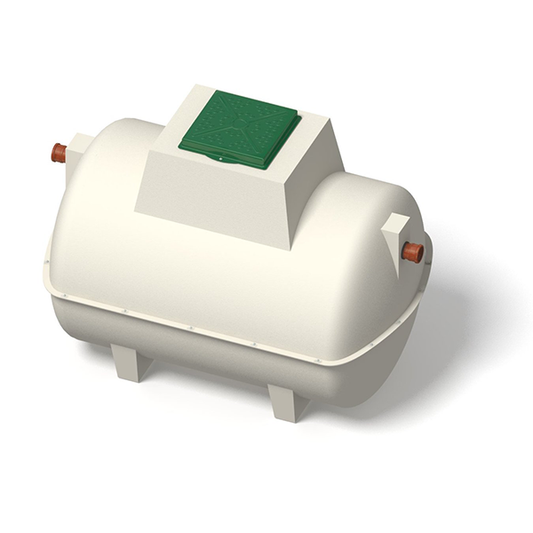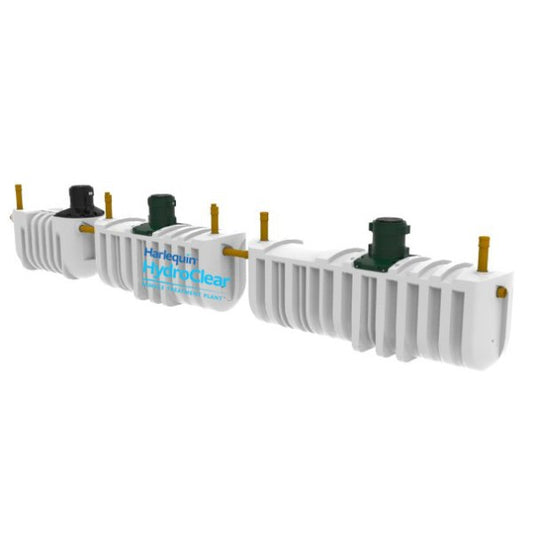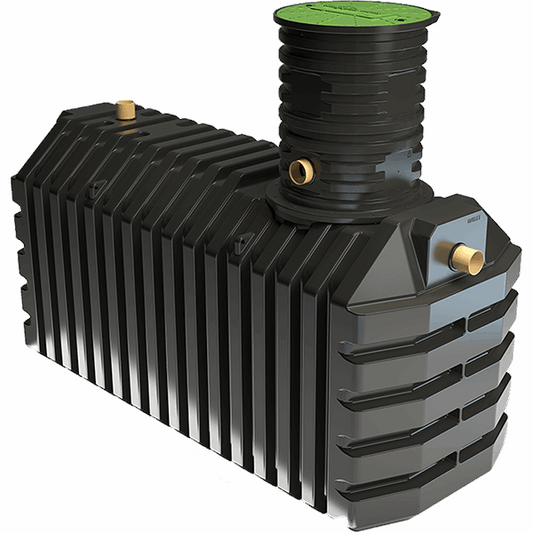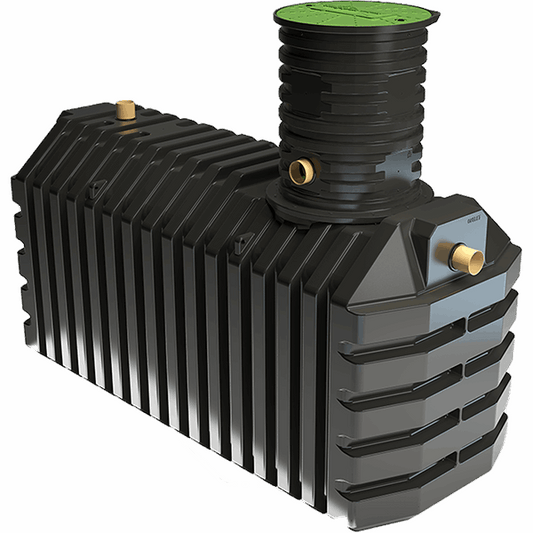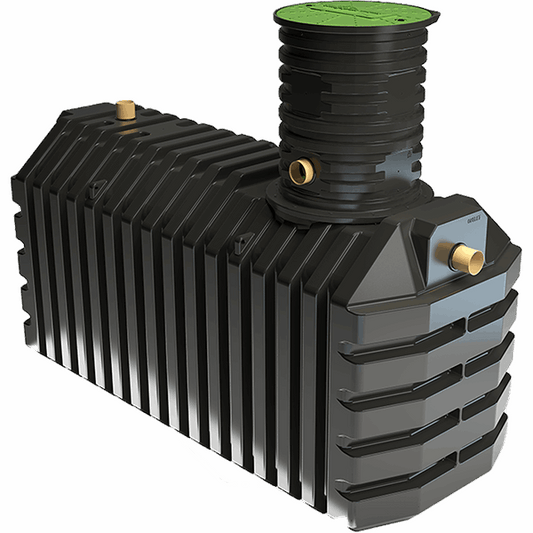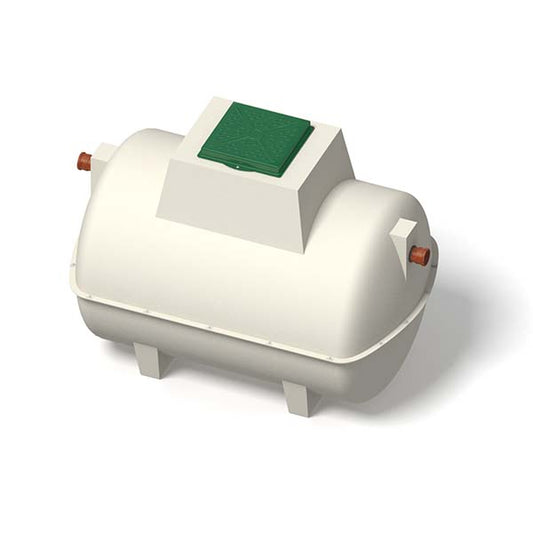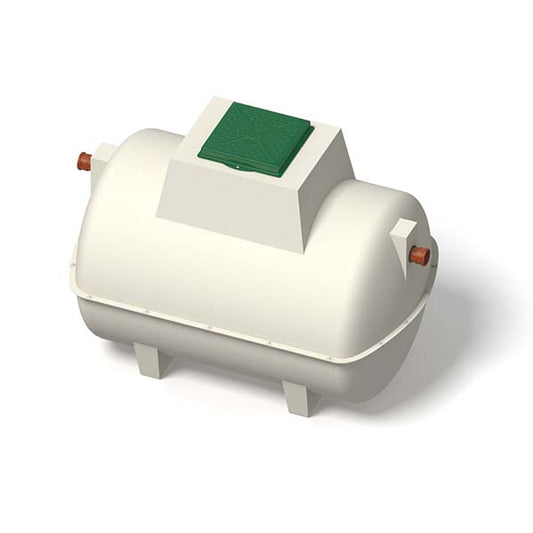When deciding whether you need to install a soakaway for your septic tank, sewage treatment or soakaway crates system, you will need to undertake a percolation test.
Contents
- What is a percolation test?
- What will the results of the percolation test determine?
- What are soakaways?
- What are the steps of the percolation test?
- How to carry out a percolation test
- How to perform the percolation test calculation?
- Useful downloads
- What weather is suitable for performing percolation tests?
- Do I need to install a soakaway alongside my septic tank?
- Will a percolation test determine the size of my soakaway?
- What is a healthy percolation test result?
What is a percolation test?
A percolation test is the last of three mandatory tests used to determine if a new or replacement soakaway can be installed. You will first need to undertake a Groundwater Source Protection Zone search and a Trial Site Assessment Hole to assess the water table in your area fully.
The percolation test measures how quickly water drains away from the soil. Different soil types will produce a variety of results. For example, fine sandy soil will drain water away significantly faster than thick clay soil.
The testing process is fairly simple. It involves digging a pit to specific dimensions, filling it with water, and then timing how long the water takes to soak into the soil.
What will the results of the percolation test determine?
The results of the percolation test will determine how large your soakaway will need to be as well as if you can even install one. The results of this test can also be used to determine the required size of a drainage field.
The results can also be used to demonstrate to your local authority that you have carried out the test correctly. To support this, we advise you take time-stamped photos of each of the steps, as described below.
What are soakaways?
There are two general types of soakaway:
- Foul water soakaway – These are used when septic tanks and sewage treatment plants are in place. This must be done using perforated BS-EN1401 underground sewer pipe, bedded on gravel (20mm clean gravel is usually used).
- Surface water soakaway – These handle larger volumes of water in a short period. Soakaway crates are the favourable option compared to a hole filled with rubble. This method is not allowed for septic tanks and sewage treatment plant soakaways — they are only for rainwater and surface water soakaways.
A relatively large amount of space is required for a soakaway. The soakaway must be a minimum of 5m away from your building, 5m from a road and 2.5m from any boundary.
What are the steps of the percolation test?
Here are the steps required for undertaking a percolation test for foul water soakaways:
- Excavate a hole – Dig a hole 300mm square to a depth of at least 300mm below the proposed invert, spacing them along the proposed line of the soakaway. While digging, look out for changes in soil characteristics at different depths.
- Saturate the local soil – Fill each hole with a depth of at least 300mm.
- If the water drains rapidly – If it drains within 10 minutes, the hole should be refilled up to 10 times. If the water continues to drain away, the soil is unsuitable for a soakaway. If it hasn’t soaked away within 6 hours, it is also not suitable.
- Determine the percolation rate – Refill the test holes with water to a depth of at least 300mm, then time how long it takes to seep away from 75% to 25% full. Download our Percolation Test Results Sheet to record your findings.
- Divide this time – Divide the time by 150. The answer gives the average time in seconds (V) required for the water to drop 1mm.
- Repeat this test – Repeat the test 3 times for each hole at different times in the day. Take the average figure by adding all results together and dividing by the number of holes to get the Vp.
- If results vary – Where the Vp results vary widely, make further tests on a minimum of three different locations in the proposed soakaway area.
If the test results show an average Vp value of between 15 and 100, the ground is suitable for a soakaway. Below 15 is too rapid, risking groundwater pollution. Above 100 indicates inefficient soakage leading to wastewater pooling on the surface.
See our video on how to carry out a percolation test
Watch our video on the steps involved in carrying out a percolation test:
How to perform the percolation test calculation?
The calculations are slightly different for sewage treatment plants and septic tanks, as shown below.
Sewage treatment plants: Area (A) = V × P × 0.20
Septic tanks: Area (A) = V × P × 0.25
Code:
V = time in seconds for the water in the test hole to drop by 1mm
P = the maximum number of persons the tank or plant is designed to serve
Useful downloads
Download our useful guides here:
- Percolation Test Method – Step-by-step guidance to perform your percolation test.
- Percolation Test Results Sheet – Use this template to record your percolation test results.
At Cotterill Civils, we provide a range of septic tank, sewage treatment and soakaway crate systems to suit your needs. For expert advice, call us on 0121 351 3230.
Alternatively, fill out our enquiry form:
Frequently Asked Questions
What weather is suitable for performing percolation tests?
When carrying out a percolation test, ensure weather conditions are calm for accurate results.
Avoid performing the test during:
- Heavy rain
- Frost
- Snow
- Drought
Inaccurate readings can occur during these conditions, which may result in installing a soakaway in unsuitable ground. For example, during a drought, the ground’s dryness can produce misleadingly low Vp values.
Do I need to install a soakaway alongside my septic tank?
Yes – this is known as a foul water soakaway. Foul water soakaways drain wastewater treated by a sewage treatment system or septic tank.
Without a proper drainage system, the following problems can occur:
- Backed-up wastewater in sinks
- Water pooling around your tank
- Slow-draining sinks, baths, and basins
Maintaining your foul water soakaway
- Flush water sporadically to prevent backing up
- Perform a percolation test before installation
- Avoid planting near trees (roots can damage the system)
- Only flush natural waste to prevent blockages
Will a percolation test determine the size of my soakaway?
Yes – performing a percolation test determines the appropriate soakaway size and whether the ground is suitable.
Unsuitable grounds include soil that:
- Drains too slowly
- Drains too quickly
- Becomes waterlogged
How to size your soakaway
The better the results, the smaller the soakaway. A good Vp range is between 15 and 100. The closer to 100, the larger the soakaway needed.
Area = Vp × P × 0.25
P = maximum number of occupants the tank will serve.
What is a healthy percolation test result?
A healthy percolation test result has a Vp value between 15 and 100. Values above 100 mean water drains too slowly, and values below 15 mean it drains too quickly.
The Vp value measures how fast water percolates through soil, determining suitability for a soakaway.
A Vp over 100 can cause wastewater pooling, while a Vp below 15 risks groundwater pollution.






